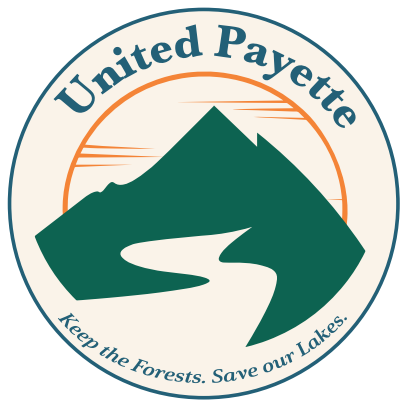
Frequently asked questions.
Are the endowment lands the same as public lands?
The federal government gave the lands we now know as “endowment lands” to the state of Idaho at statehood in 1890 primarily to generate funding for education. The Land Board holds these lands in trust with the money they generate going to designated beneficiaries, with most of the funding going to Idaho’s public school system.
Who is on the Land Board?
The top five elected state officials: the governor, the attorney general, the secretary of state, the controller and the superintendent of education.
Who gets to decide what to do with the endowment lands?
The Land Board has the final authority over endowment lands. It holds these lands in trust for the beneficiaries of these lands, and Idaho public education is the primary beneficiary of the revenues generated by these lands.
How much money do the endowment lands contribute to Idaho’s public education system?
In 2019, the Idaho education budget was about $1.99 billion, and the State endowment fund contributed about $50 million of this total, or 2.5% of the whole education budget. This contribution is based on revenues from the whole 2.5 million acre endowment land portfolio.
What’s the plan going forward?
United Payette’s goal is to implement the strategies in the PELS approved by the Idaho Land Board Commissioners in March 2021 using a conservation/recreation-based approach that 1) preserves open space and limits development in open space areas, 2) maintains public access for recreation, 3) protects the water quality of Big Payette Lake and the watershed, and 4) provides additional revenues to the endowment trust beneficiaries. The UP Plan addresses the 5,478 acres of land that are subdivided into 13 parcels set forth in the PELS. The Plan was prepared and approved by UP coalition members.
What are the options available to indefinitely protect these lands?
UP’s comprehensive approach employs time-phased, short-term and long-term solutions. Short-term solutions include non-exclusive leases and some sales in already developed areas that can be implemented immediately and provide additional revenue to the endowment trusts and beneficiaries. Stacking leases with other leases and continuing timber sales generates higher long-term revenue. Short-term solutions are proposed for terms of approximately five years and provide time to (a) develop more permanent long-term solutions such as easements, public agency land trades, longer term leases, and other creative solutions, and (b) incorporate lessons learned from the short-term solutions. This approach is based on successful approaches used for the Boise Foothills and Blaine County land conservation projects.
What is the status of your conservation/recreation-based Plan?
Our Coalition members and participants were all invited to work on the Plan. Many people volunteered hundreds of hours to write and review drafts of the Plan and provide input that has been incorporated. We submitted our Plan to the Idaho Department of Lands and the Land Board in mid-September and released it to the public.
You can view our progress to-date on the Accomplishments tab at the top of this page!
